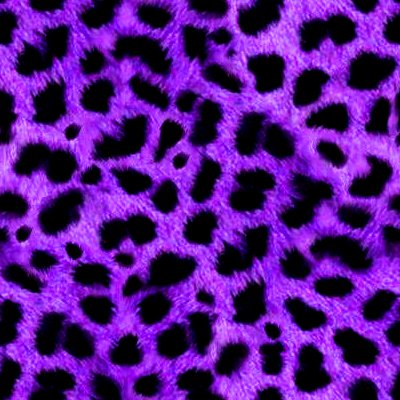As far as I can tell, those packets of raw sugar have the same calories as refined sugar, with 1/10th the ability to sweeten. So if you wish to sweeten your coffee, for example, you end up consuming about 5x the sugar, than if your stupid coffee shop just offered regular damn white sugar. Why? Why does this stuff exist? Who prefers it?
It’s just sugar with a teensy bit of the natural brown color from unrefined molasses left in it. I don’t find your observation that it takes 5 or 10 times as much of it to sweeten something to be true for me whatsoever, it’s almost exactly the same, and leaves me wondering if perhaps you also find that today’s low-flow toilets need to be flushed dozens of times to work, or that you turn on modern showers and just a tiny trickle comes out :)
Websearch told me that what you’re calling “sugar in the raw” is simply a type of “naturally” brown sugar (instead of extracting the molasses, concentrating them, and putting them back, you simply remove the water). If that’s correct:
Calories-wise it’s roughly the same deal as refined sugar. It should contain a bit more iron, but not enough to be a good source of. (Go eat some meat or legumes for that.)
Main difference is a more complex flavour. It shouldn’t be meaningfully less able to sweeten things, unless not properly dissolved.
I suspect marketing bullshittery. I’ve bought “sugar in the raw” a few years ago to try, and it reminded me of back in In high school chemistry II in which I did an experiment where I took a brand name sugar and a lower budget brand sugar and examined it under a microscope. The budget brand sugars’ crystal structure was larger but hollow. Weighing the two by volume showed less mass for the budget brand. Putting the same volume of the two in a mortar and grinding with a pestle yielded less volume for the budget brand which means for the same volume you’re getting less sugar.
I believe that “sugar in the raw” does the same thing to give you less for more price, but compounds it’s marketing by telling you it’s unprocessed and more natural. Maybe that’s true but you’re certainly getting less product for the price. One would think less processing would cost less. The only difference from the experiment was that you were paying less for less. Kind of interesting how business ethics have changed over the years.
But isn’t it all sold by weight? The same with how the calories are counted?
Yes, that is why the whole argument is a fallacy. I am all for eating the rich and taking down the corporations, but this one is off base. The “in the raw” generally means it is A. Made from sugarcane not sugar beats, and B. Unbleached.
My first thought was that maybe the Sugar in the Raw packets have less product in them, since turbinado sugar is more expensive than white sugar, but a quick googling tells me that Sugar in the Raw packets are 5 grams and standard sugar packets are in the 2.3- 3 gram range. So if you use a comparable number of packets out of habit, you really are doubling your sugar intake.
So I think it must just be a solubility thing, as suggested below. The big crystals do end up sunk to the bottom of a cold drink undissolved. If it’s a hot drink… 🤷♀️
it’s just as sweet as normal sugar so either it’s your own personal placebo affect or your not getting the sugar dissolved into whatever drinks you’re using it in.
has some minerals (but very small amount). l prefer the flavor if i eat it raw.
Sounds more like you already destroyed your taste buds and react to placebo from white sugar.
Anecdotally, artificial sweeteners started getting linked to cancer and sugar in the raw emerged as a product aimed at consumers who would consider choosing it over sweet n low to be a healthy choice.
The reports of them causing cancer were based on studies of rats that were given the equivalent of 600+ servings of sweetener and had other issues such as how the autopsies of rats were conducted. They were basically guaranteed to find something. If you did the same study with table sugar or honey, those rats would have died of hyperglycemia long before reaching the equivalent number of servings.
TLDR: these studies are utter trash
I remember that now that you mention it, but people being people only read the headlines then as they do now and the public’s perception was still changed.
I believe it’s less about the calories and more about how your body processes it
There is no difference whatsoever how your body processes it. Both are sugar.
Others have pretty much covered it, but “raw” can be made by literally taking it out of the refining process “earlier” where stuff is still in it.
Or, more hilariously, by taking white sugar and adding molasses back. Like the irony of “pulpy” orange juice - it’s not less processed, they just add pulp back to it at the end.





